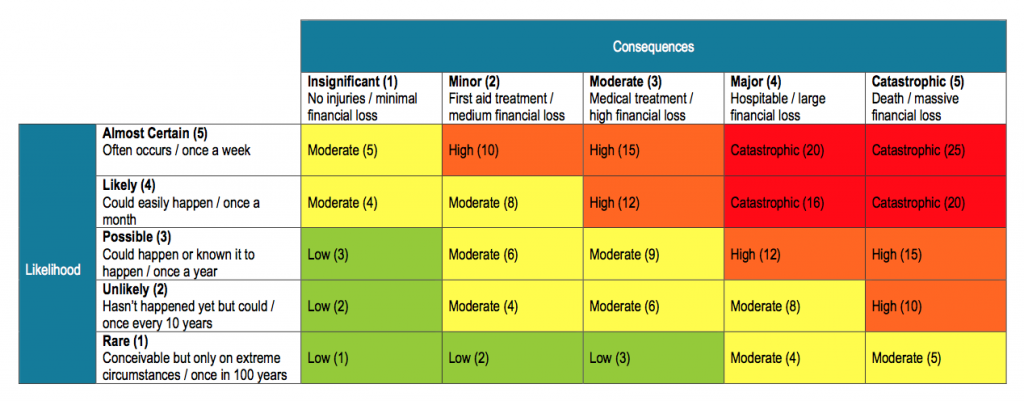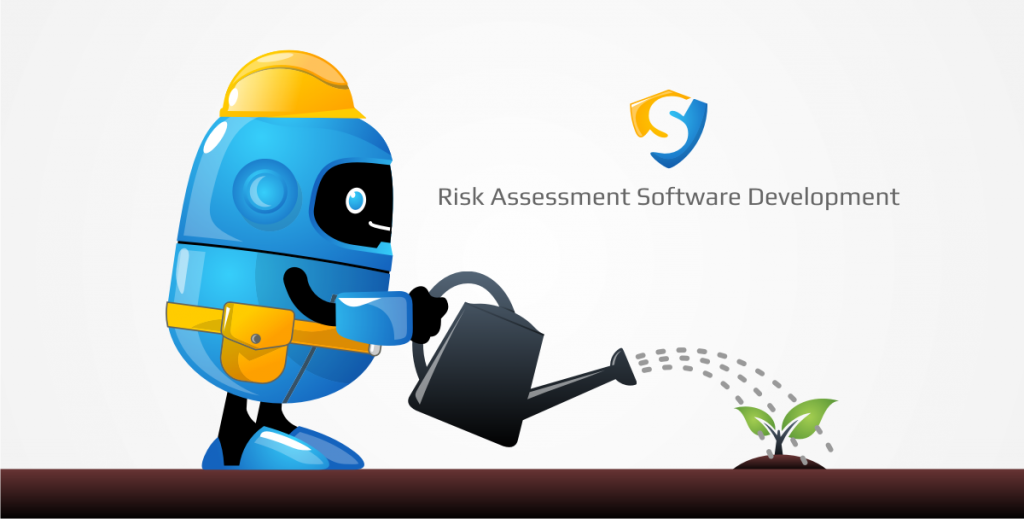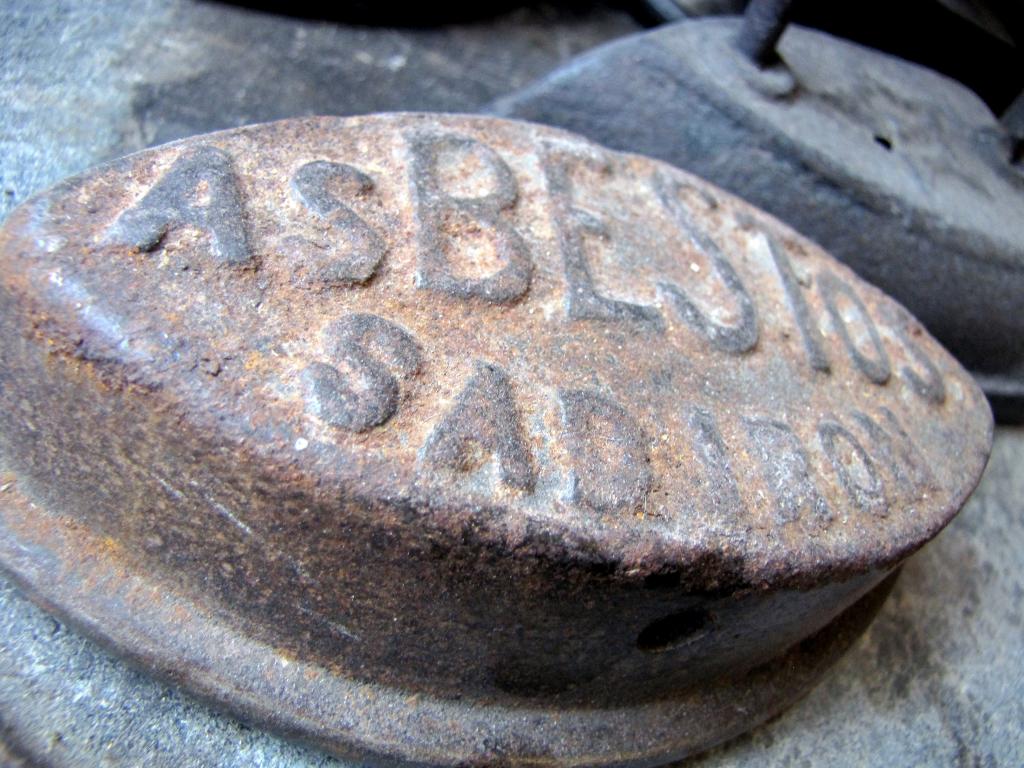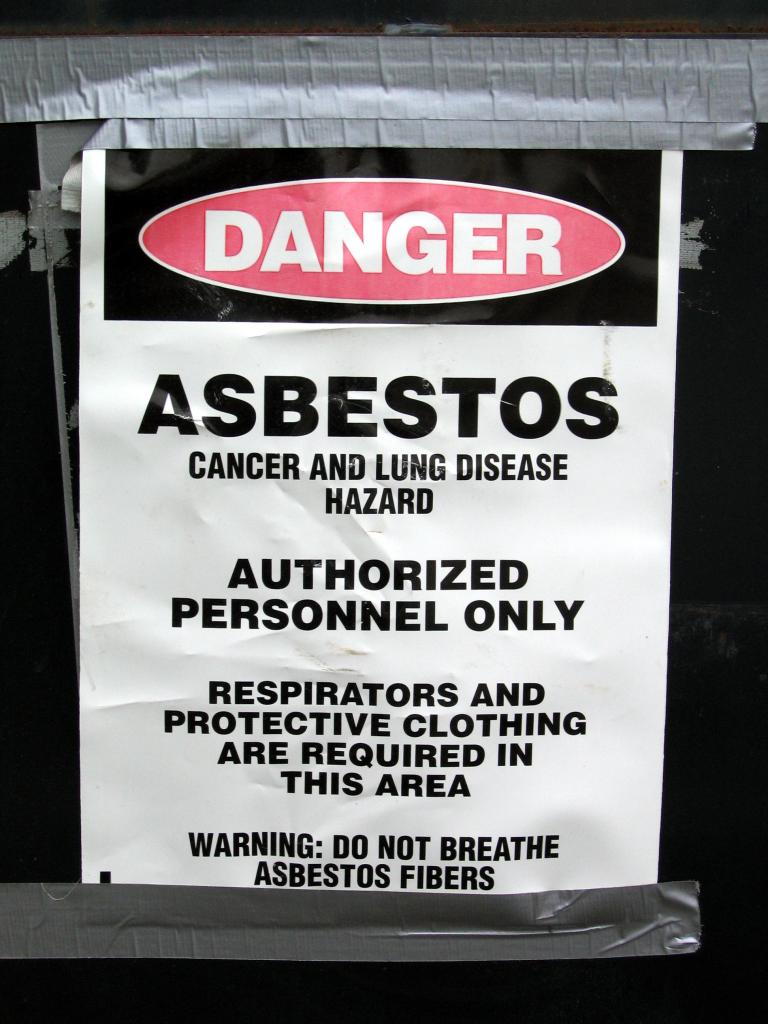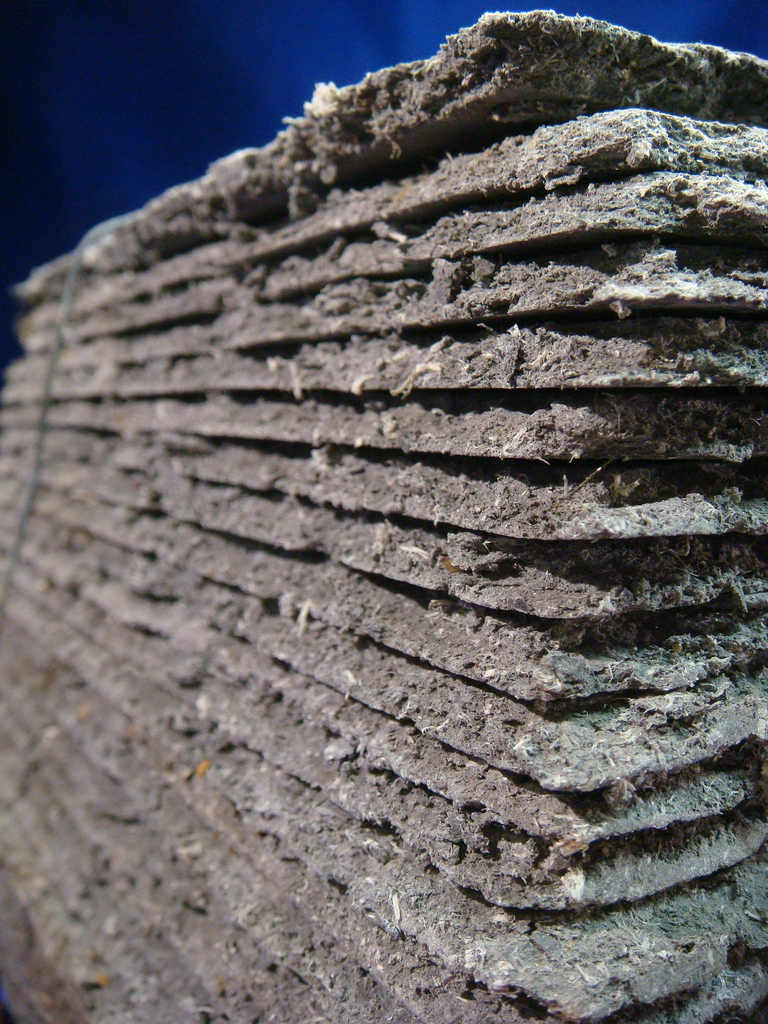Risk Assessment Matrix Template
Having a hard time understanding what a risk assessment matrix template is? Don’t worry you are not the only one confused, but getting a grip on the OHS risk assessment matrix is a central part of any health and safety program. All you need is an example of risk assessment matrix. This risk assessment matrix template is set up with the likelihood of a risk occurring on one side and the consequence involved on the other. The severity of each factor is given a number and when multiplied together, the value of the total risk involved is estimated. This isn’t to say that the safety risk assessment matrix is perfect. In fact it is considered to be overly broad in definition but that’s where a software solution may be helpful. In the meantime check out our matrix template below to get started.
